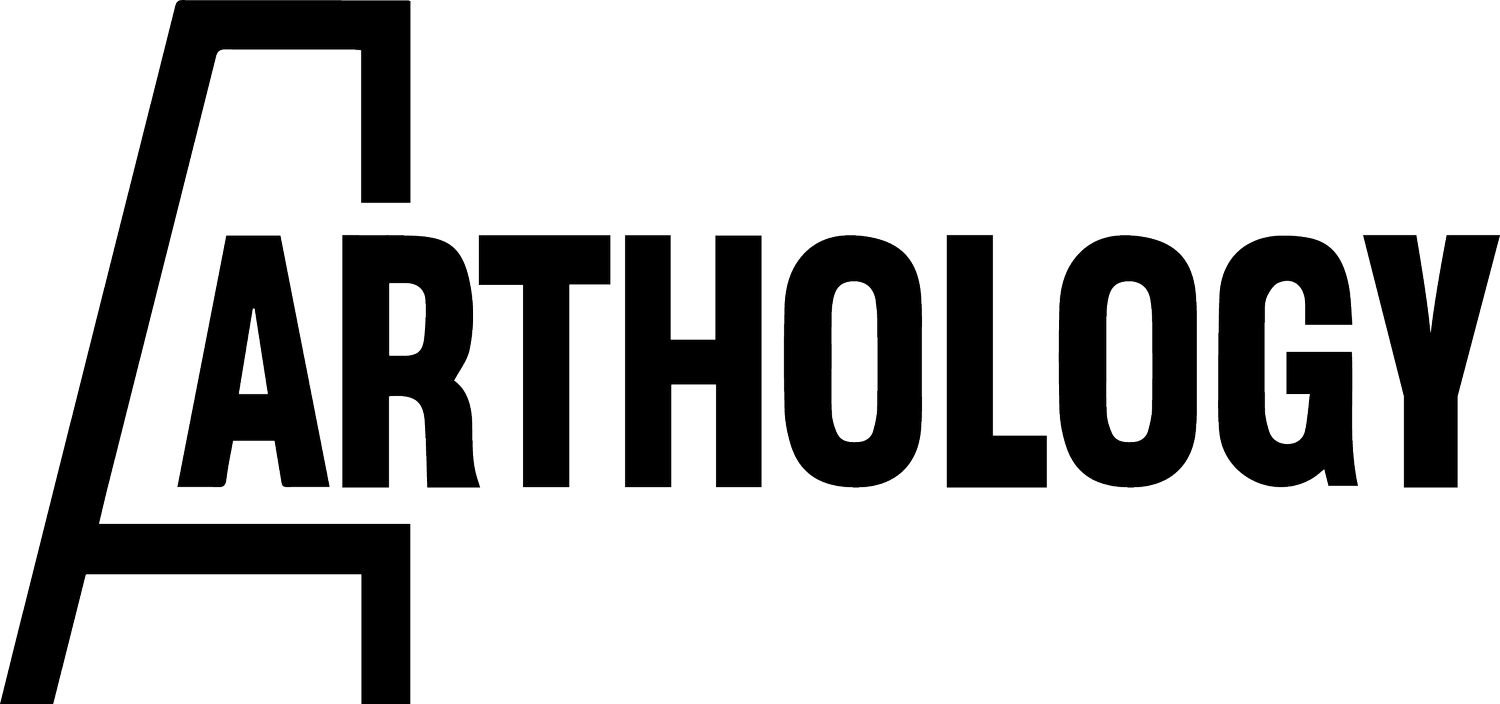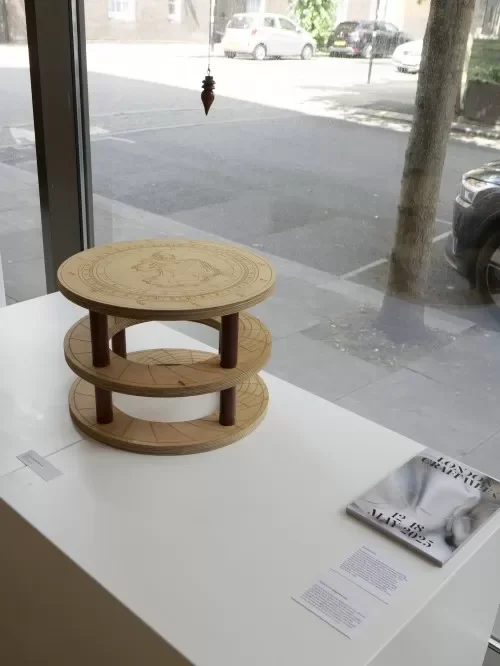Beneath Structure, Beyond Image
In contemporary art, the boundary between designer and artist is becoming increasingly blurred. Wenbin Sun, a Chinese visual artist currently living and working in London, is a compelling example of this growing convergence. With a background in graphic design, he has extended his practice into installation, material experimentation, and cultural narrative, building a tactile, structural, and critically reflective visual language grounded in image systems. Sun’s artistic trajectory not only reflects the pluralistic openness of contemporary design education but also reveals a profound reconsideration of the relationship between medium and meaning among a new generation of creators.
Sun began his training in brand and visual identity systems, studying at the London College of Communication, part of the University of the Arts London. During this time, he gradually moved away from the utilitarian framework of traditional visual communication, coming to understand the “brand system” as a complex mechanism for organizing visuality, discourse, and social experience. This systemic way of thinking laid the foundation for his later material translations and conceptual turn.
In branding, images often serve functions of clarity and dissemination; in Sun’s artistic practice, however, the image is reconfigured as a language for constructing cultural identity and revealing visual ideology. His work does not simply “visualize” but instead seeks to establish a form of “materialized language”—an exploration of material, structure, scale, and spatial relationships that transforms two-dimensional visual experiences into multidimensional modes of tactile and conceptual engagement. This process of “from image to object” reveals his critical inquiry into, and reconstruction of, the architecture of modern visual culture.
Global Climate Mancer at London Craft Week 2025
During London Craft Week 2025, Wenbin Sun was invited to participate in the exhibition Unanchored Crafting, where he presented one of his recent works, Global Climate Mancer. This piece, primarily constructed from wood, combines print-based techniques with manual assembly to form a physical structure that resembles an information terminal. Abstracting and graphically encoding parameters from global climate models, the work simulates the cyclical logic through which humans cognitively process and symbolically construct the climate crisis.
At the heart of this project lies a critical inquiry into the intersections of craft, technology, and cultural logic in a globalized context. In an era dominated by digitized data, Sun moves against the current, reactivating tactility, material instability, and handmade processes to evoke a longing for the “real” and the tangible. By translating abstract information into the language of craft and responding to global structures through installation, he interrogates the power dynamics embedded in knowledge, imagery, and representation.
Global Climate Mancer is not an isolated work but a key node within Sun’s ongoing exploration of “image system translation.” Drawing from his background in visual identity systems, he has internalized graphical grammar, modular logic, and a coding sensibility into a broader perception of material, spatial, and structural experience. This logic also extends into his past publishing projects and participatory installations, reflecting his continuous effort to build a “translingual” visual communication mechanism across media boundaries.
His work marks a significant shift—from functional image to critical object. This is not merely a material transition, but a conceptual one: from design as a vehicle for efficiency and transmission, to art as a system for carrying and interrogating ideas. Rather than departing from design, Sun repositions design thinking as a generative engine, opening up new avenues to explore the tensions between visuality, materiality, and consciousness.
In an age oversaturated with images and drained of stable meaning, Wenbin Sun begins above the image and operates beneath the structure to formulate a critical visual practice. His work demonstrates that images are not only symbols to be seen—they are materials and systems to be built, touched, dismantled, and questioned. What he constructs is an artistic language rooted in design, navigated through material, and oriented by culture.

